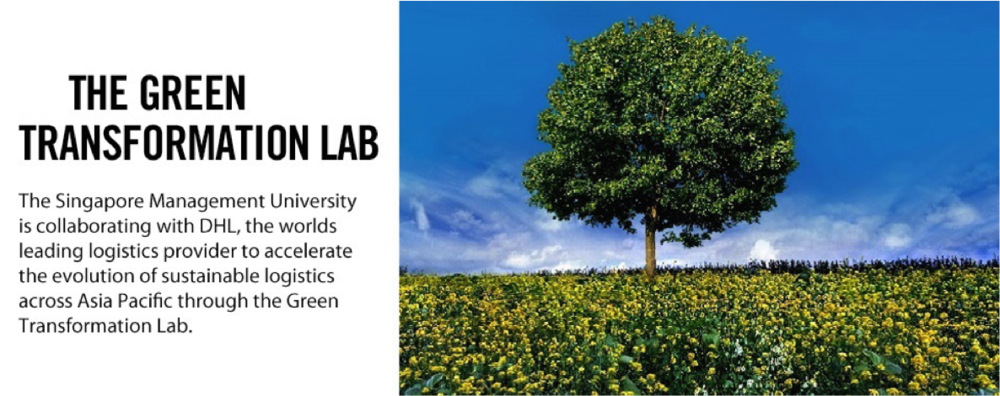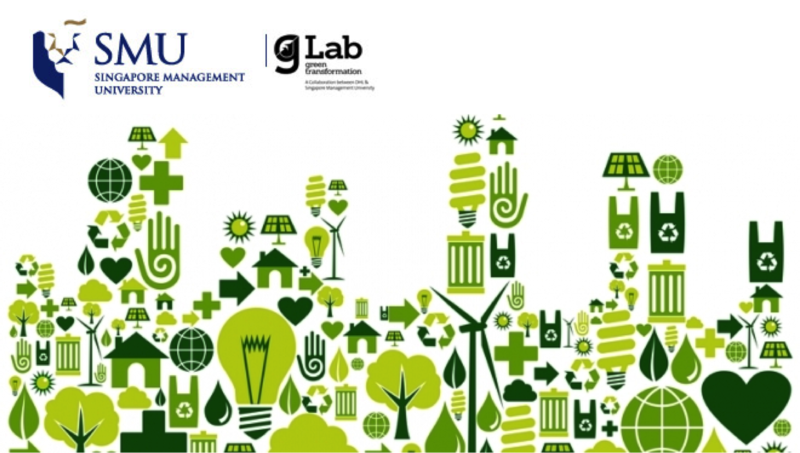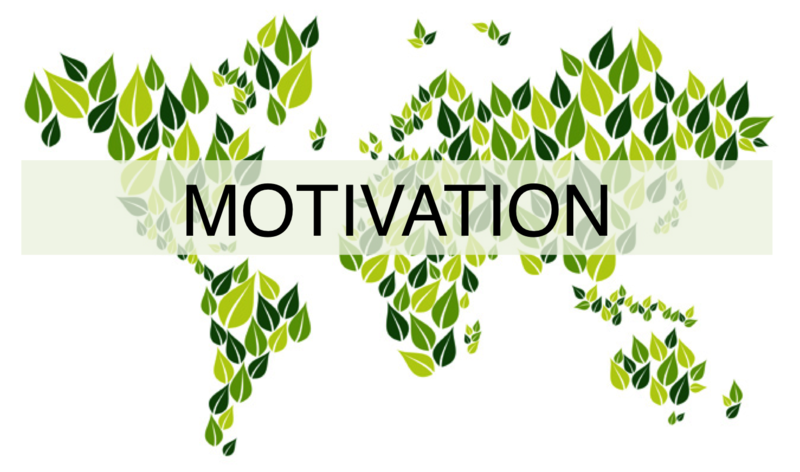Difference between revisions of "ANLY482 Sustainability Jobs Project Overview"
| (One intermediate revision by the same user not shown) | |||
| Line 24: | Line 24: | ||
<br/> | <br/> | ||
| − | In the | + | Trade transported by sea has grown fourfold since 1970s and it is still growing. In 2011, the 360 commercial ports of America took in goods that are 80 times the value of all American trade in 1960 (George, 2013). And in this industry, container overcapacity has long remain an issue (Business Monitor International, 2012). <br/> |
| − | + | To look into the utilisation of the containers, our team has collaborated with Green Transformation Lab (GTL) to explore the possible factors that are affecting utilisation rate. GTL is a joint initiative by SMU and DHL aimed at accelerating the evolution of sustainable logistics across Asia Pacific. Leveraging SMU’s multi-faculty academic excellence and DHL’s sustainability services, expertise and capability in supply chains, the Green Transformation Lab focuses on creating solutions that help companies transform their supply chains, becoming greener, more resource efficient and sustainable. | |
| − | + | Our team is currently embarking on gaining further insights on DHL’s Ocean Freight data, which contains the information about each individual shipment that a company has when engaging DHL. | |
| − | |||
| − | |||
| − | |||
[[Image:Motivation SCM.png|Center|800px]] | [[Image:Motivation SCM.png|Center|800px]] | ||
==<div style="background: #ffffff; padding: 15px; font-weight: bold; line-height: 0.3em; text-indent: 15px; text-transform:lowercase;letter-spacing:-0.1em;font-size:24px"><font color=#3d3d3d> </font></div>== | ==<div style="background: #ffffff; padding: 15px; font-weight: bold; line-height: 0.3em; text-indent: 15px; text-transform:lowercase;letter-spacing:-0.1em;font-size:24px"><font color=#3d3d3d> </font></div>== | ||
| − | + | The shipping and freight industry is a highly dynamic market. Shippers and shipping lines are constantly looking towards designing better shipping and distribution networks to improve efficiency and vessel economics (Notteboom, 2012). At present, many FCL containers are not fully maximised. Therefore, the scope of this project is to look into improving the fill rate efficiency for different trade lanes and geographical location. | |
| − | |||
==<div style="background: #ffffff; padding: 15px; font-weight: bold; line-height: 0.3em; text-indent: 15px; text-transform:lowercase;letter-spacing:-0.1em;font-size:24px"><font color=#3d3d3d>Project Objectives</font></div>== | ==<div style="background: #ffffff; padding: 15px; font-weight: bold; line-height: 0.3em; text-indent: 15px; text-transform:lowercase;letter-spacing:-0.1em;font-size:24px"><font color=#3d3d3d>Project Objectives</font></div>== | ||
| − | The | + | </div> |
| + | The dataset for this project contains the shipment data on DHL shipments for an IT company in year 2012 and 2013. This comprehensive set of data contains information on both operational and financial transactions. As this project focuses on the aspect of supply chain, the financial data will thus be ignored. | ||
| + | Our objectives for this project is to, <br/><br/> | ||
| + | '''• Identify the various individual factors that affect the fill rate efficiency of containerisation <br/>''' | ||
| + | '''• Analyse patterns and determine the relationship for these various factors <br/><br/>''' | ||
| − | + | Factors that will be looked into are: <br/> | |
| − | + | 1. Origin - port where goods are loaded <br/> | |
| − | + | 2. Destination - port where goods are unloaded <br/> | |
| − | + | 3. Location - geographical areas <br/> | |
| − | + | 4. Carriers - companies that transport goods from origin to destination <br/> | |
| − | <br/><br/> | + | 5. Size of containers <br/> |
| − | + | 6. Different time periods <br/> | |
| − | + | 7. Trade Lanes <br/> | |
| − | + | 8. Volume (m3) <br/> | |
| − | <br/><br/> | + | 9. Gross Weight <br/> |
| − | |||
| − | |||
| − | |||
| − | <br/><br/> | ||
| − | |||
| − | |||
| − | |||
| − | </ | ||
Latest revision as of 00:13, 24 April 2015
| Findings & Insights |
Project Background
Trade transported by sea has grown fourfold since 1970s and it is still growing. In 2011, the 360 commercial ports of America took in goods that are 80 times the value of all American trade in 1960 (George, 2013). And in this industry, container overcapacity has long remain an issue (Business Monitor International, 2012).
To look into the utilisation of the containers, our team has collaborated with Green Transformation Lab (GTL) to explore the possible factors that are affecting utilisation rate. GTL is a joint initiative by SMU and DHL aimed at accelerating the evolution of sustainable logistics across Asia Pacific. Leveraging SMU’s multi-faculty academic excellence and DHL’s sustainability services, expertise and capability in supply chains, the Green Transformation Lab focuses on creating solutions that help companies transform their supply chains, becoming greener, more resource efficient and sustainable. Our team is currently embarking on gaining further insights on DHL’s Ocean Freight data, which contains the information about each individual shipment that a company has when engaging DHL.
The shipping and freight industry is a highly dynamic market. Shippers and shipping lines are constantly looking towards designing better shipping and distribution networks to improve efficiency and vessel economics (Notteboom, 2012). At present, many FCL containers are not fully maximised. Therefore, the scope of this project is to look into improving the fill rate efficiency for different trade lanes and geographical location.
Project Objectives
The dataset for this project contains the shipment data on DHL shipments for an IT company in year 2012 and 2013. This comprehensive set of data contains information on both operational and financial transactions. As this project focuses on the aspect of supply chain, the financial data will thus be ignored.
Our objectives for this project is to,
• Identify the various individual factors that affect the fill rate efficiency of containerisation
• Analyse patterns and determine the relationship for these various factors
Factors that will be looked into are:
1. Origin - port where goods are loaded
2. Destination - port where goods are unloaded
3. Location - geographical areas
4. Carriers - companies that transport goods from origin to destination
5. Size of containers
6. Different time periods
7. Trade Lanes
8. Volume (m3)
9. Gross Weight


